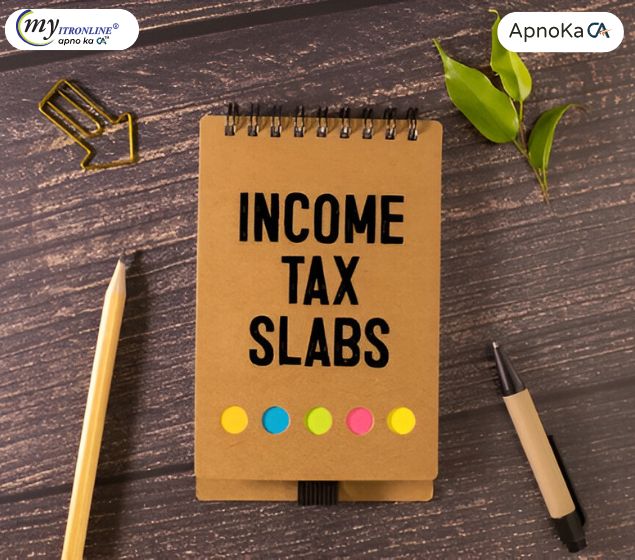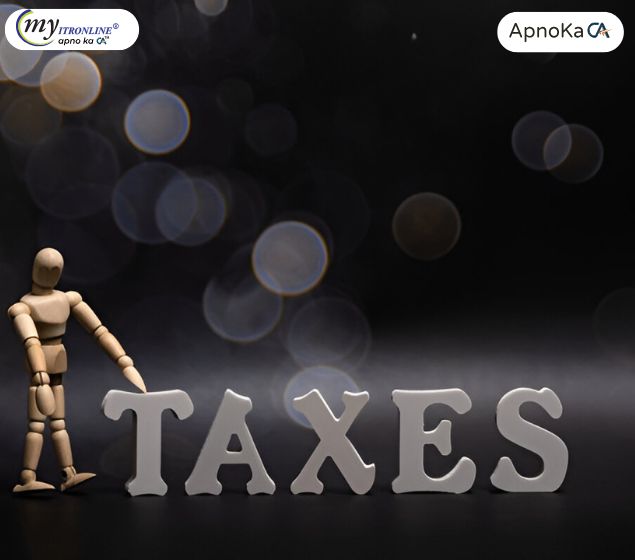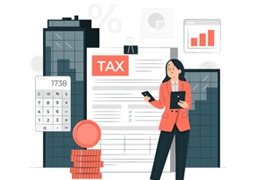# oldvsnew
10 posts in `oldvsnew` tag
.jpg)
India's New Income Tax Regime (Section 115BAC): Your Comprehensive Guide for FY 2024-25 & 2025-26
This comprehensive guide breaks down India's New Income Tax Regime under Section 115BAC, now the default for individuals and HUFs. It details the revised income tax slab rates for Financial Years 2024-25 and 2025-26, highlighting the increased basic exemption limits and the enhanced rebate under Section 87A. The article clearly outlines the limited deductions and exemptions still allowed (e.g., standard deduction, employer's NPS contribution) versus the numerous ones no longer applicable. It concludes by helping taxpayers determine whether the new regime or the old regime is more beneficial for their specific financial situation and explains the process for switching between the two.

Decoding ITR Complexity: Major Changes to Sahaj & Sugam for AY 2025-26
For Assessment Year 2025-26, the familiar ITR-1 (Sahaj) and ITR-4 (Sugam) forms, traditionally seen as straightforward, are undergoing significant changes that add layers of complexity. This blog explores the impact of the new tax regime as default, increased disclosure requirements, and the need for meticulous data reconciliation, explaining why even simple returns now demand careful attention. Discover how MYITRONLINE can help you navigate these evolving tax landscapes.

Double Your Benefits: Utilize Sections 80C & 80D Simultaneously to Enhance Your Tax Savings
This blog explores how Indian taxpayers can maximise their income tax savings by leveraging both Section 80C and Section 80D of the Income Tax Act. While Section 80C focuses on investments and expenses like PPF, ELSS, and home loan principal repayment, Section 80D offers deductions on health insurance premiums and preventive health check-ups. By using these sections together, taxpayers can claim deductions up to ₹2,00,000 annually. The blog explains eligibility, deduction limits, strategic planning tips, and helps readers choose between the old and new tax regimes for optimal tax benefits.

Which Tax Regime Should You Choose in FY 2025-26? Old vs New Explained
This blog decodes the key differences between the Old and New Income Tax Regimes for FY 2025-26, following the updates in Budget 2025. It covers the latest tax slabs, standard deductions, rebates, and provides practical scenarios to help taxpayers decide which regime is more beneficial based on their income and eligible deductions.

Smooth Filing for AY 2025-26: 9 Common Mistakes to Avoid in Your ITR
Filing your AY 2025-26 ITR? Avoid 9 critical mistakes like wrong ITR forms, unreconciled AIS/26AS, missed deadlines, and incorrect regime selection. Ensure accurate, penalty-free filing with this guide.

Your FY 2024-25 Investments & Their Impact on AY 2025-26 Tax Return
Your FY 2024-25 investments directly impact your AY 2025-26 tax return. This guide covers tax-saving deductions (80C, 80D), taxable income (interest, dividends), capital gains reporting, and regime selection (old vs new). Ensure accurate filing with proper documentation.
.jpg)
HRA and LTA Explained: Essential Tax Benefits for Salaried Individuals in 2024
This blog discusses the tax benefits of the House Rent Allowance (HRA) and Leave Travel Allowance (LTA) under the Income Tax Act. Learn how to calculate HRA exemptions, claim LTA benefits, and compare the old and new tax systems to optimize your tax savings in 2024.
.jpg)
Old vs. New Tax Regime: Which Option Suits You Best for FY 2025-26?
The Indian tax system offers two regimes—old and new—each with distinct slab rates, deductions, and exemptions. This blog compares both regimes, using examples to help you decide which one suits you best for FY 2025-26. Learn how to minimize your tax liability based on your income and investments.
.jpg)
Old vs New Tax Regime – Make the Right Choice for 2025-26
As the financial year 2025-26 begins, taxpayers face a crucial decision: Old Tax Regime or New Tax Regime? This blog simplifies the choice with real-life examples of Mr. Arun Sharma and Mr. Rahul Mehta, breaking down their income, deductions, and tax liabilities under both regimes. Discover which regime is better for you, whether you have significant deductions or prefer simplicity. Learn how to save more on taxes and make an informed decision for FY 2025-26.

Choosing Between the Old and New Tax Regimes: A Comparative Analysis
Choosing Between the Old and New Tax Regimes: A Comparative Analysis" invites readers on a journey through India's tax landscape, offering a personalized exploration of the traditional and modern tax systems. With a human touch, this analysis illuminates the nuanced differences between the two regimes, empowering individuals to navigate their tax obligations with confidence. By delving into real-life scenarios and practical considerations, readers are equipped to make decisions that resonate with their unique financial aspirations and values, ensuring a path to financial well-being that aligns with their individual journeys.
